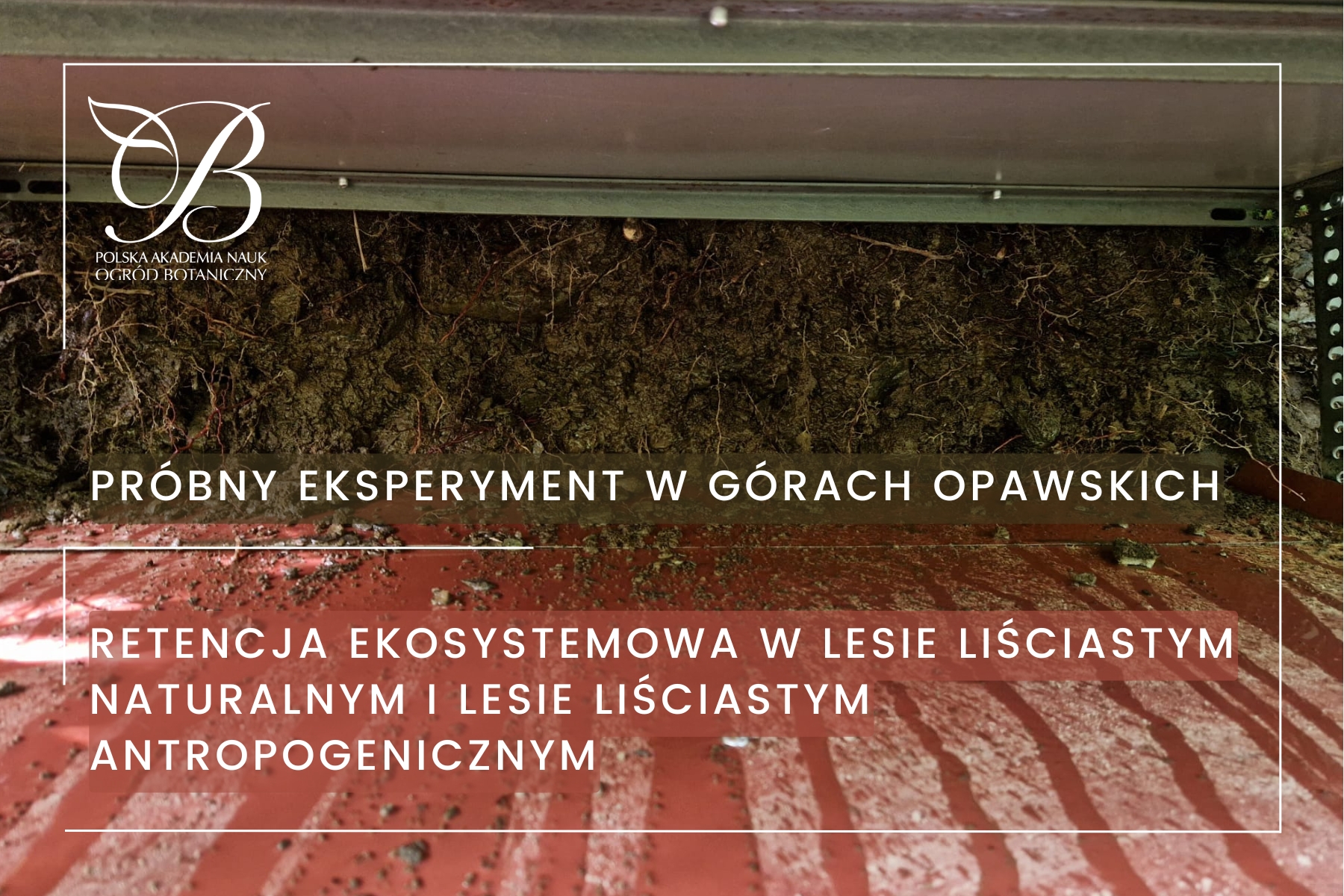

PAS Botanical Garden – Centre for Biological Diversity Conservation in Powsin
Prawdziwka St. 02-973 Warsaw Poland | NIP: 5251575083
primary number +48 22 754 20 00 | secretariat contact number 22 754 26 10 email: sekretariat@ob.pan.pl


PAS Botanical Garden – Centre for Biological Diversity Conservation in Powsin
Prawdziwka St. 02-973 Warsaw Poland | NIP: 5251575083
primary number +48 22 754 20 00 | secretariat contact number 22 754 26 10 email: sekretariat@ob.pan.pl
This website uses cookies to enhance your experience. Some are essential for site functionality, while others help us analyze and improve your usage experience. Please review your options and make your choice.
If you are under 16 years old, please ensure that you have received consent from your parent or guardian for any non-essential cookies.
Your privacy is important to us. You can adjust your cookie settings at any time. For more information about how we use data, please read our privacy policy. You may change your preferences at any time by clicking on the settings button below.
Note that if you choose to disable some types of cookies, it may impact your experience of the site and the services we are able to offer.
Some required resources have been blocked, which can affect third-party services and may cause the site to not function properly.
This website uses cookies to enhance your browsing experience and ensure the site functions properly. By continuing to use this site, you acknowledge and accept our use of cookies.